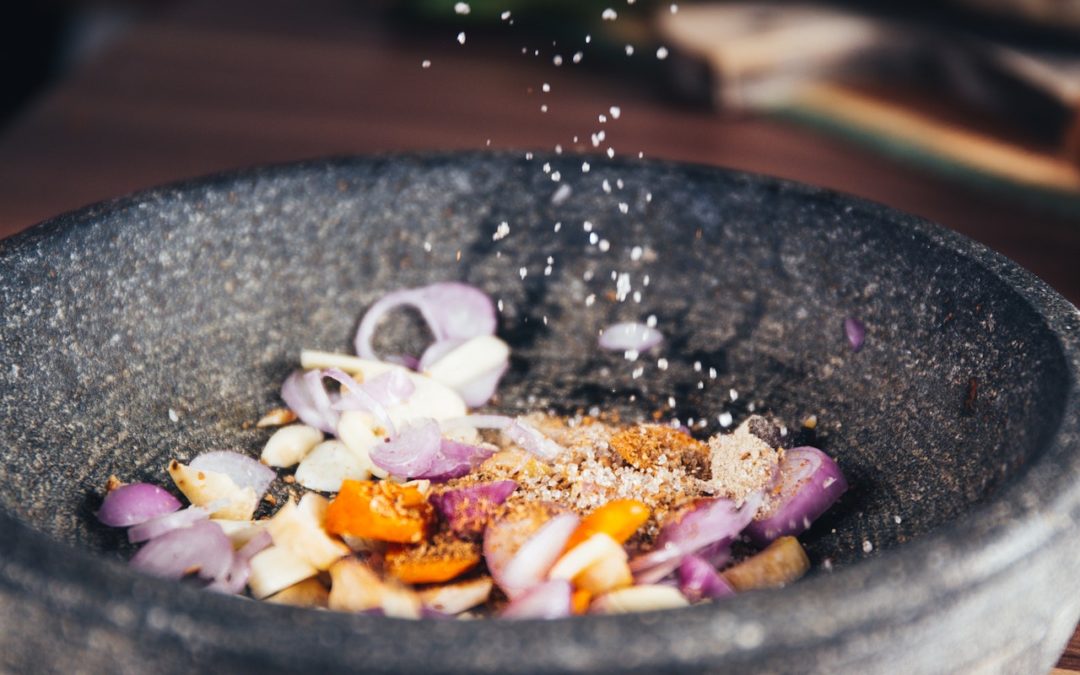Mexico’s legendary cuisine, globally recognized for its cultural significance, earned a place on UNESCO’s Intangible Cultural Heritage of Humanity list in 2010. According to UNESCO, traditional Mexican cuisine draws on various cultural aspects, including farming, ancient skills, ritual practices, culinary techniques, and ancestral community customs and manners.
Mexico’s gastronomy is based on a foundation of corn, beans, and chili, along with unique farming methods, cooking processes, and utensils. Other native ingredients that play a central role in the cuisine include tomatoes, avocados, squashes, cocoa, and vanilla. Cooks make use of unique utensils like grinding stones and stone mortars to prepare traditional dishes. UNESCO views Mexican cuisine as culturally significant because these traditions are an integral part of community identity and help reinforce social bonds.
While its food is one of Mexico’s main cultural exports, not all Mexican restaurants abroad offer truly authentic Mexican cuisine.
In Madrid, Spain, however, Taqueria La Lupita is a shining example of true Mexican cuisine thousands of miles away from the source. The taqueria’s two locations were recently officially awarded the Sello Copil, which recognizes Spanish restaurants that offer a true Mexican culinary experience.
What Is the Sello Copil?
The Sello Copil (“Copil Seal”) is awarded by the Fundación Casa de Mexico en España. This Spanish organization issues the award to restaurants that meet the following three criteria:
- Offer an authentic Mexican gastronomic experience for diners
- Promote the consumption and export of Mexican ingredients and culinary products from Mexico to Spain
- Help promote Mexican cuisine as one of the best in the world
On September 26, 2022, Taqueria La Lupita’s two locations were awarded the Sello Copil. This award represents a major triumph for the restaurant’s founders, Juan Pablo Olea and Manuel Barreiro Castaneda. The two founders are Mexicans who saw a void for authentic Mexican cuisine in Madrid. Taqueria La Lupita and the other Sello Copil award winners have helped fill this void.
A Closer Look at Taqueria La Lupita’s Menu
Dining at Taqueria La Lupita is an experience unlike any other in Madrid’s culinary scene. The founders have crafted a menu that stays true to Mexican culinary traditions, with a variety of classic dishes that are not easily found elsewhere in the city. Here are some of the menu’s highlights and the history behind them.
Quesadilla – Flor de Calabaza y Huitlacoche
Quesadillas are one of the most internationally popular Mexican dishes. While most of the quesadillas served outside of Mexico are filled with meats like steak or chicken, two of the most popular fillings within Mexico are vegetarian: flor de calabaza and huitlacoche.
Both of these vegetarian fillings are staples of Mexican street food. Flor de calabaza, which translates to “squash blossoms” in English, are the edible flowers of the species that produces spaghetti squash, marrow, zucchini, and other squash types. They have been a staple of Mexican cuisine since pre-Hispanic times.
Huitlacoche, also known as corn smut or Mexican truffle, is a plant disease that grows on corn and produces a grayish-blue fungus. Like flor de calabaza, it has a long history in Mexico that dates back to the pre-Hispanic era. It has a soft and velvety texture that blends seamlessly with cheese in a quesadilla, imparting a sweet, smoky, and earthy flavor.
Tacos de Cochinita Pibil
Cochinita pibil is one of the oldest culinary traditions in Mexico, with roots that date back to the ancient Maya. It is prepared by marinating an entire pig in a mixture of achiote (annatto seed) and sour orange juice, wrapping the pig in banana leaves, and slow-cooking it in an underground pit. It is typically served with tortillas, pickled red onions, refried black beans, and habanero chiles.
Sopecitos
Sopecitos (or sopes) are a traditional Mexican street food that consists of a flat, fried masa base and your choice of savory stew-like toppings (known as guisados in Mexico). Along with the guisados, sopes usually include a layer of refried beans, crumbled cheese, lettuce, onions, salsa, and sour cream. At Taqueria La Lupita, the guisado choices include cochinita pibil, carnitas, chorizo, and tinga de pollo.
Sopa Azteca
Also known as sopa de tortilla, Sopa Azteca is a traditional Mexican soup made with a broth of ground tomato, garlic, and onion. The soup is topped with fried corn tortilla strips, pasilla chiles, avocado, cheese, and cream. Sopa Azteca originated in the central Mexican state of Tlaxcala, but it is popular all over the country. It has spread to other countries, such as Guatemala, Honduras, Costa Rica, and now Spain.

